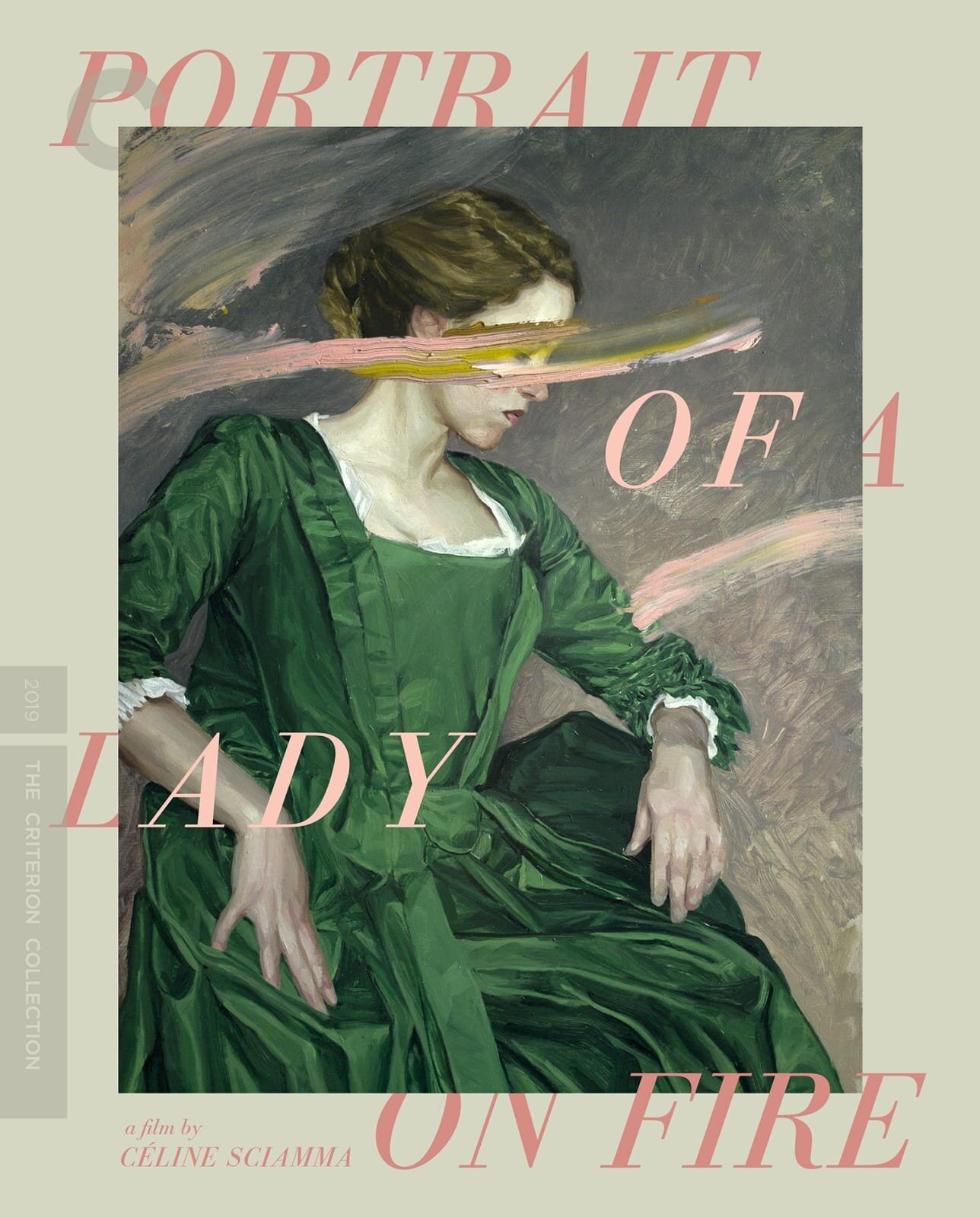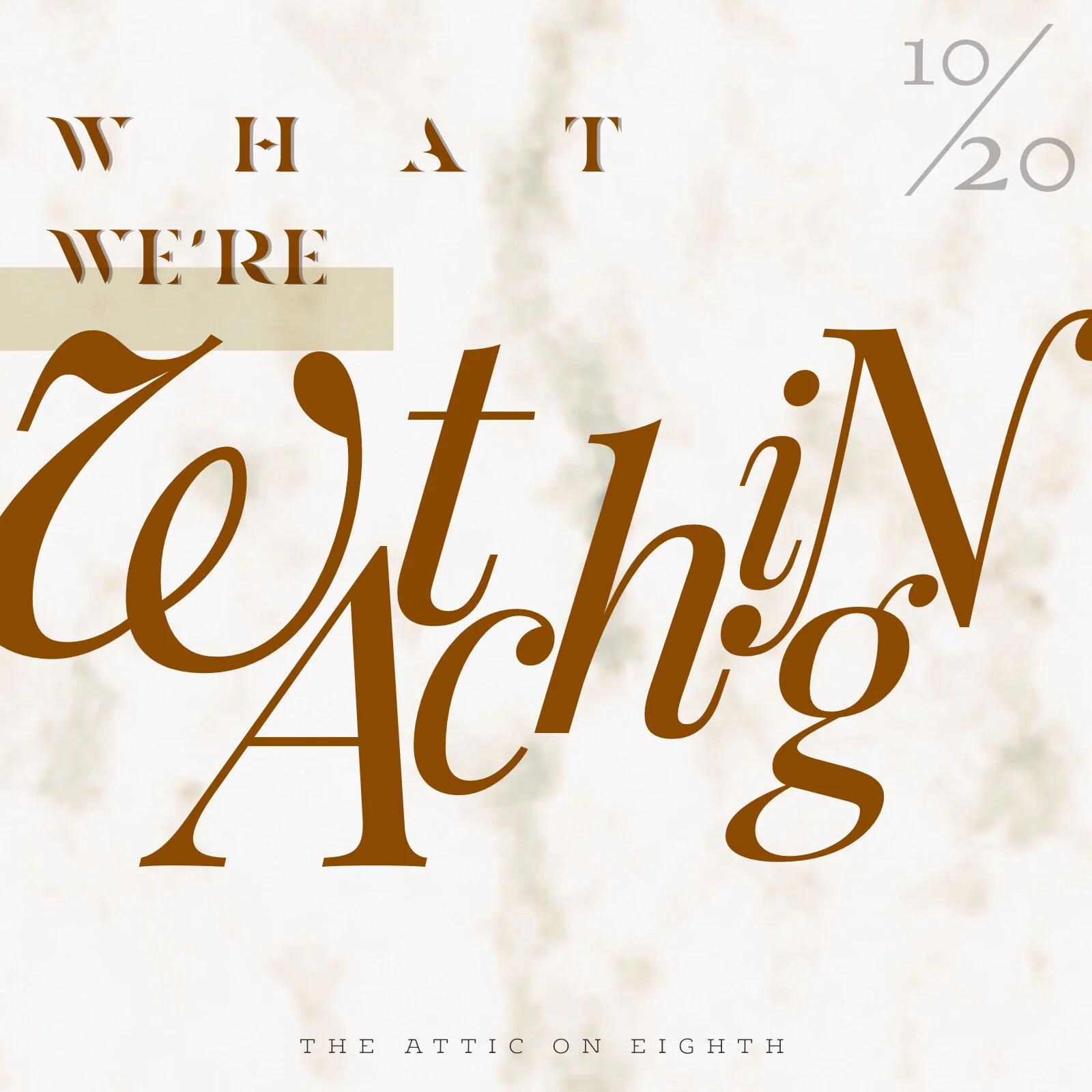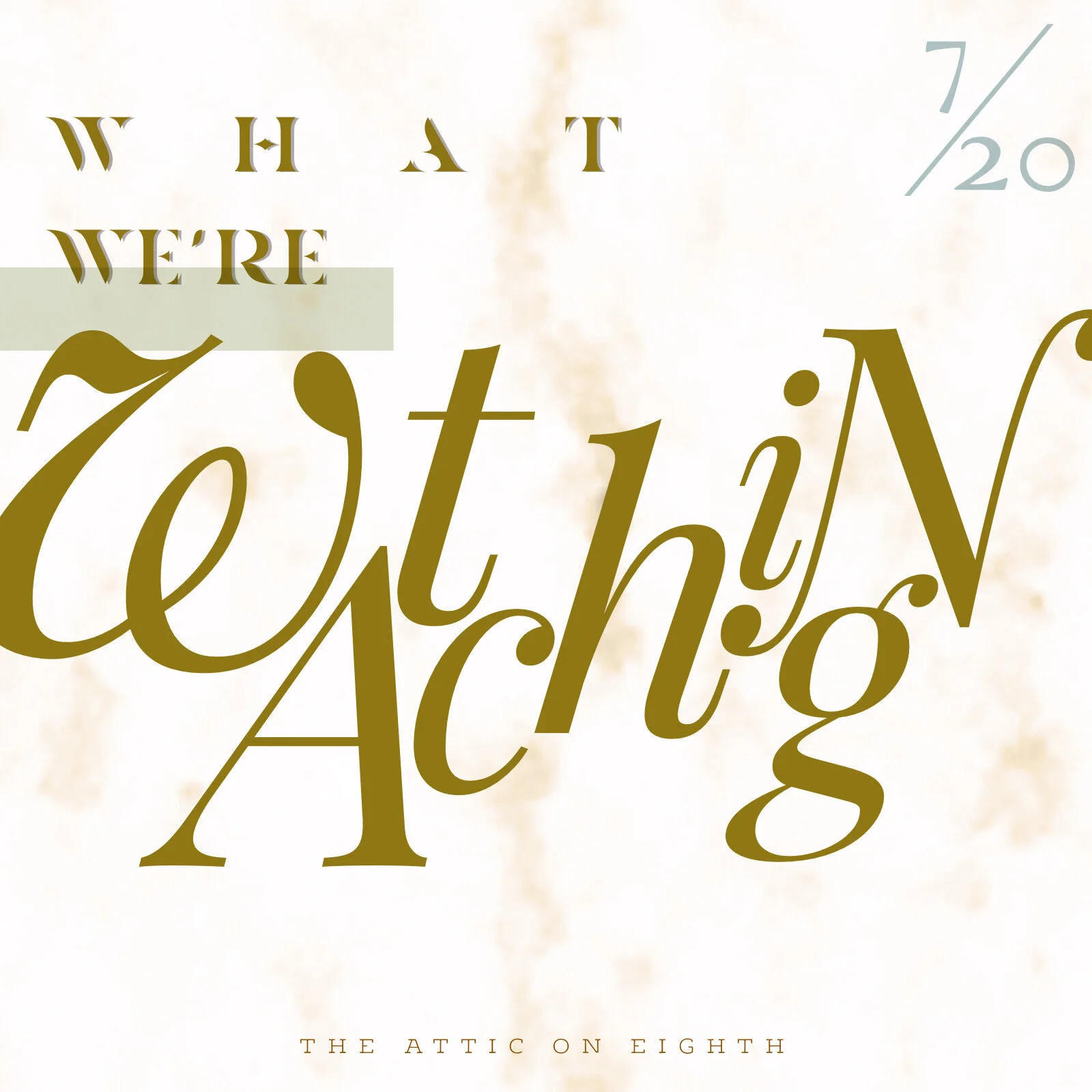Solitude, Liberty, Absence; Portrait of a Lady on Fire
Courtesy of NEON
Available from The Criterion Collection on June 23, 2020
As a failed art historian who once specialized in eighteenth and nineteenth century French painting, Portrait of a Lady on Fire kissed me on both cheeks only to then double slap me. Aside from the production that looks as though it was designed by Jean-Baptiste-Siméon Chardin (1699 — 1779) and its two-track OST, the film introduces a litany of sociocultural topics against a stark but expansive backdrop without distracting the viewer with explanations. Although on paper it’s a story about two women falling in love, Portrait is framed with all of the conventions necessary to render a history painting. In doing so, the film demonstrates through both its narrative and subtext that art can only give a fractured glimpse of life before taking on an existence and agenda of its own. With all of these techniques in place, Portrait both adheres to and disassembles those constructs, creating a multivalent viewing experience.
In the reviews I found while trying to give my own some shape, the concept of “the gaze” appeared in almost every article. The prioritization of the female gaze in almost complete absence of the male gaze, interior and exterior, is a loaded statement. In order to address it properly, I’d need to write a separate analysis identifying the audience as voyeur rather than active participant, the differences between art theory and filmic theory inherent to that assessment. The characters’ interiority and their own agency in viewing each other would have to be addressed, along with that of the director and the audience. Portraiture and its ranking within l’Académie’s canon of Art would have to be considered, as well as concept of portraits taking on their own agency depending on why and for whom they've been painted. Finally, because we’re living in the twenty-first century and watching an LGBTQ+ film, discussing the gender and sexuality components of “the gaze” and the implications of what “male” and “female” imply in this context would be problematic as I am, unfortunately for me, quite cishet. It could get messy quickly.
Instead, upon re-watching the film in my first week of quarantine (available streaming on Hulu), I was most struck by the intimacy that arose during the characters’ isolation and what of their inner lives was revealed from living in such close proximity. Not as intrusive as other films that focus on lesbian couples tend to be, as the relationship develops director Céline Sciamma gives us snapshots of each human connection within the household. The main character, Marianne, arrives to paint a portrait for the daughter of a Brétagne noblewoman who refused to sit for the painter’s predecessor. The stately home in which most of the film is set is a world onto itself in which Marianne briefly becomes involved, only to be made to leave when her task is accomplished. The sitter, Héloïse, is also fairly new to this experience, having spent her adolescence in a nearby convent, another insular environment. Having returned home following her sister’s suicide, she takes her place as the prospective bride to a Milanese nobleman. Both the sister and the suitor are never seen, not even in portraiture. Presented as a companion to Héloïse, Marianne covertly studies her subject to sketch and paint her when they aren’t together. With only a handful of other speaking roles in the film, the viewer not only watches, but is permitted to view this collective experience.
Courtesy of NEON
As the two young women spend more time together, there’s a kindling that takes place between them. It sparks when, at their preliminary sanctioned cliffside stroll, Héloïse sprints to the edge. She turns at the last second, flushed, and tells Marianne that she’s been dreaming of that for years. “To die?” Marianne asks, and Héloïse replies, “To run.” As their companionship continues, Héloïse feels Marianne staring, and Marianne becomes more engrossed with her as she completes the first, unsatisfying portrait. Marianne shows it to Héloïse after revealing her profession and intention, and although conventional and pleasing, the portrait says nothing of the wary, angry woman who doesn’t want to be married off and bound to a distant, unknown man. She mangles the painting’s face before Héloïse’s mother can see it, and is almost sacked before Héloïse agrees to sit for Marianne. They’re given one week to complete the portrait, and then the mother asks her to say goodbye as she did when she was a little girl. It’s the first deeply personal touching in the film, when Héloïse kisses her fingertips and flutters them to her mother’s cheeks. It’s a quiet, fleeting gesture that relays so much to the viewer about their mother/daughter relationship, which up until now had only been presented as resentful and frustrated.
The tension grows between Marianne and Héloïse as the sitting creates a way in which the two women can stare at each other alone, for hours. Shared between them is the experience of helping the house’s maid, Sophie, who is harboring an unwanted pregnancy. It might seem unusual for a noblewoman and a bourgeoise to have such a vested interest in this matter, however Cissie Fairchilds explains in Domestic Enemies: Servants and their Masters in Old Régime France (1985) that the general philosophy towards servants was that they were family, and the master or mistress had a responsibility towards them as representatives of those they served. With a reduced household such as theirs, if Sophie wasn’t exactly treated as a little sister, her “lack of virtue” would have reflected poorly on Héloïse’s mother should the father not marry Sophie. Even a minor scandal such as that would have proved disastrous following the recent suicide, if not making Héloïse an even more risky match, then certainly ruining Sophie’s reputation and that of her unborn child. And so, as the ladies do their best to try making her miscarry they brush with the local peasant women, leading to the piquant moment of the film’s namesake.
Courtesy of NEON
With this added plot point and the lack of a traditional soundtrack, Portrait conveys a realism that the modern mind takes a moment to conceive. No hum of electricity, no cars thundering by, no planes overhead. Only the sound of waves and people as they go about their days, including tempered, distinctly French speaking tones. Music is used to indicate moments of almost irrepressible passion, including Antonio Vivaldi’s Summer Concerto, III. 3 (Presto) and a haunting bonfire roundelay written for the film. Before the women have expressed their feelings for each other, at this moment we see how Marianne and Héloïse's love has erupted. Staring across the fire, the final barrier between them breaks when Héloïse reveals that she has intentionally set her skirt aflame. Marianne watches her, bordered by the otherwise hellish iconography that instead illuminates them. Like the former painter’s unfinished portrait she found earlier in the film, Marianne lets Héloïse burn as time passes between them, knowing that neither will ever escape the lives to which they’ve been sentenced as women and kept objects. Should she let Héloïse burn, if only to really feel something before she takes her own life? Is that what it means to truly love someone, to let them destroy themselves if they wish? Or is it a visual metaphor for what their love and life together could have been? The other women extinguish the flame, and these questions are left unanswered.
The rest of the film is best watched instead of summarized. Sentiment holds no sway over this period drama. Lacking truly explicit content, the at first matter-of-fact nudity slowly becomes erotic. It seeps through the women’s penetrating visual exchange dressed up as a formal portrait sitting. Through the condensed and passionate week, they become entwined in each other, emotionally as much as physically. Sciamma doesn’t need excessive sex scenes to communicate this. We’re privileged to peek in on one chapter of the women’s lives, yet the viewers aren’t given omniscience. Everything is expressed through relatively minimal dialogue, incredible tension, and masterful performances. Cycles of life and death, creation and destruction, beginnings and endings are layered so densely throughout this film that any and each could be extracted and analyzed for pages. Portrait of a Woman on Fire is not an uplifting story about the triumph of love, more so a mediation on that which absolutely does exist and yet absolutely could not.
Courtesy of NEON
Zoë G. Burnett is a Contributing Editor and Film Columnist for The Attic on Eighth. She is currently editing her first novel, and trying not to go broke while expanding her vintage clothing collection.















In our latest curation of period dramas, EIC Olivia Gündüz-Willemin shares the period dramas that distracted her and kept her amused while battling Covid.